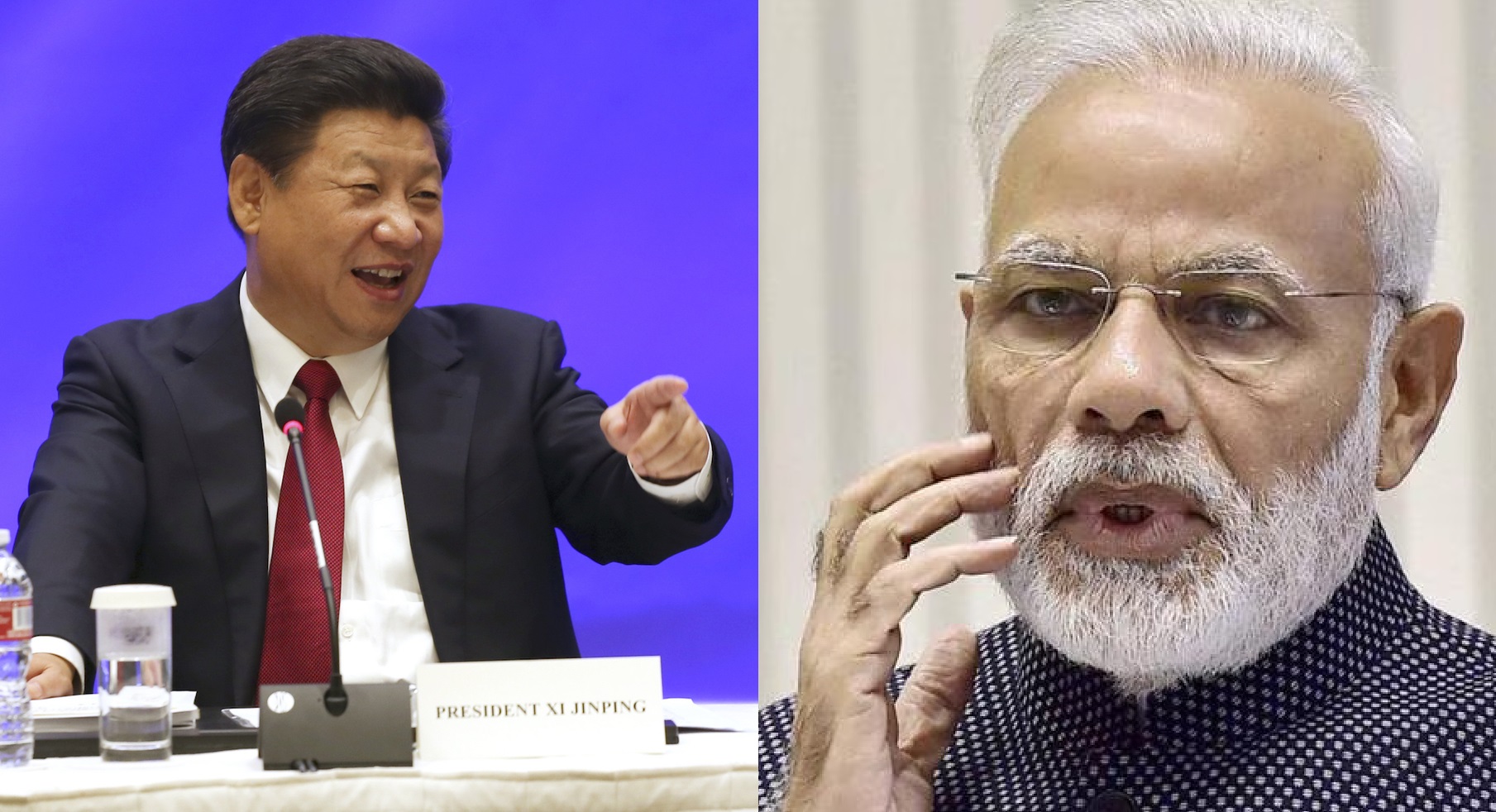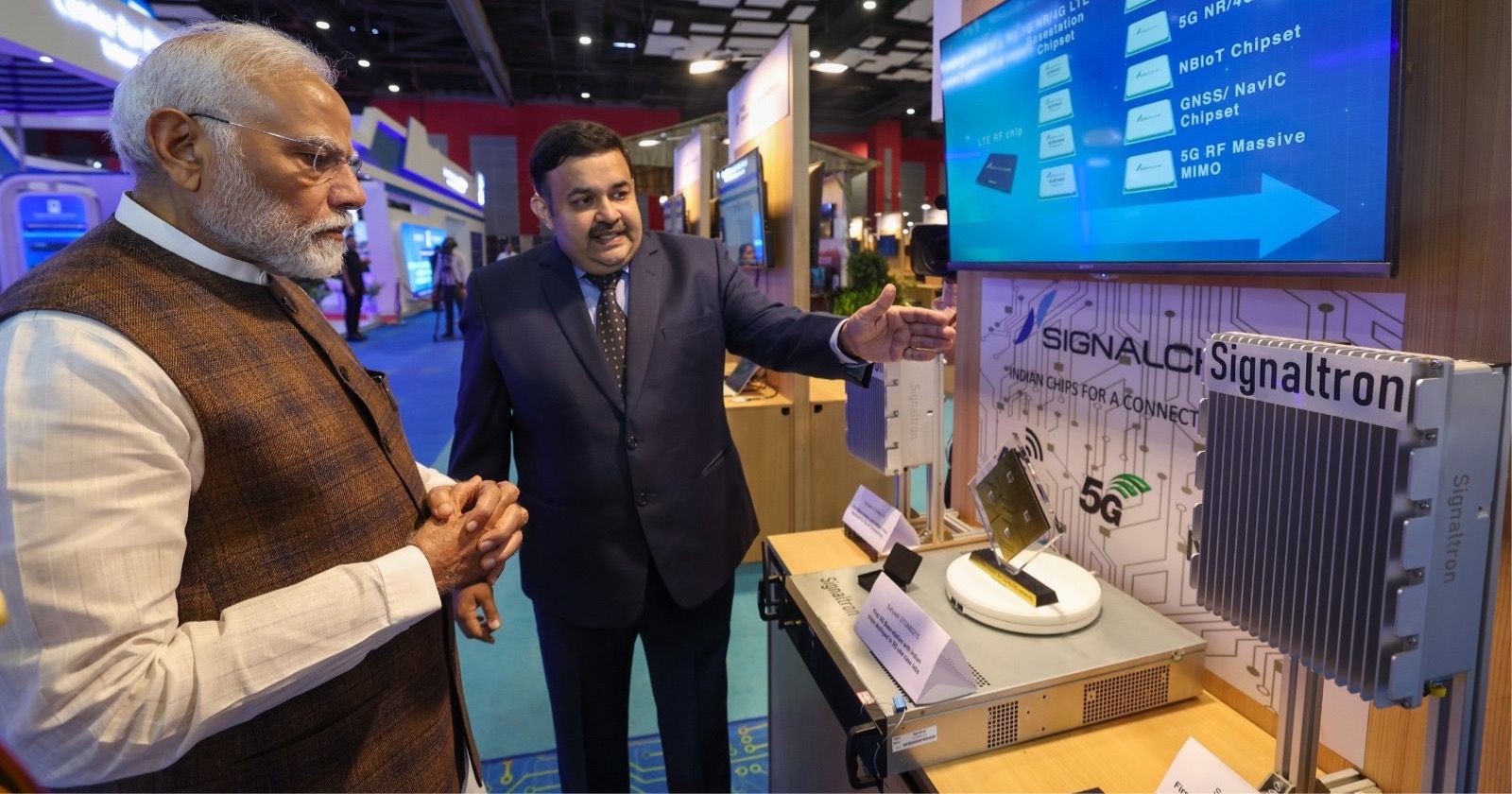China's Deepseek AI is Making Indians Realize How Far Behind India is in This Race

The world is witnessing an unprecedented surge in artificial intelligence (AI) advancements, with countries like the USA, Europe, and China leading the charge. These nations are investing heavily in AI research and development, resulting in groundbreaking innovations that are shaping the future. However, one notable absentee from this race is India, which has yet to produce a major in-house AI foundation model.
The United States: A Leader in AI Innovation
The United States has long been at the forefront of AI research and development. Companies like OpenAI, Google, and Meta have made significant strides in the field, pushing the boundaries of what AI can achieve. OpenAI’s GPT-4 model, for instance, has set new benchmarks in natural language processing. GPT-4’s ability to generate human-like text, understand complex queries, and engage in meaningful conversations has revolutionized the way we interact with machines. The estimated training cost of $78 million reflects the substantial investment required to develop such advanced models.
Google, another AI powerhouse, has made remarkable progress with its Gemini Ultra model. This model, which cost a staggering $191 million to train, has been instrumental in advancing various applications, from language translation to image recognition. Google’s commitment to AI is evident in its continuous efforts to improve and expand its capabilities. Meta, formerly known as Facebook, has also made significant contributions with its AI models, focusing on areas like social media content moderation, virtual reality, and augmented reality.

The collaboration between these tech giants and leading research institutions has created a thriving ecosystem for AI innovation in the USA. This synergy has resulted in a rapid pace of development and a steady stream of groundbreaking advancements. The USA’s leadership in AI is not just a result of financial investment but also a testament to the collaborative and innovative spirit that drives its tech industry.
Europe: Rising to the Challenge
Europe has also made remarkable progress in AI, with companies like Mistral leading the way. Mistral’s AI models have been instrumental in advancing healthcare diagnostics, autonomous vehicles, and smart city applications. The European Union has recognized the strategic importance of AI and has invested heavily in AI startups and research initiatives. As of late 2023, funding for AI startups in Europe reached over $1.8 billion, highlighting the region’s commitment to fostering AI innovation.
Mistral’s success is a reflection of Europe’s unique approach to AI development. The region’s emphasis on ethical AI, data privacy, and regulatory frameworks has created a balanced environment where innovation can thrive while ensuring responsible use of technology. European AI startups benefit from a supportive ecosystem that includes access to funding, mentorship, and collaboration opportunities with leading research institutions.
In addition to Mistral, several other European companies are making significant strides in AI. These companies are exploring diverse applications, from improving public transportation systems to enhancing cybersecurity measures. Europe’s vibrant technology sector, combined with its focus on ethical AI practices, positions the region as a formidable player in the global AI landscape.
China: The Dark Horse
China has emerged as a formidable competitor in the AI race, with startups like DeepSeek making waves in the industry. DeepSeek’s R1 model has outperformed OpenAI’s ChatGPT, becoming the most-downloaded free app on Apple’s App Store. This achievement is particularly impressive given the challenges posed by US chip export sanctions. DeepSeek’s innovative approach, which uses fewer Nvidia chips to achieve similar results, has disrupted the market and forced tech giants to reevaluate their strategies.
DeepSeek’s AI model has caused a notable decline in the stock prices of major US tech companies. DeepSeek’s AI model is significantly cheaper to train compared to its US counterparts. The cost of training DeepSeek’s V3 model is estimated to be around $6 million, which is 30 times less than the cost of training similar models by companies like OpenAI and Google.
Running DeepSeek’s model in the cloud is also much more affordable. The company claims that its model can achieve similar performance using older hardware and less data, which translates to lower operational costs. This efficiency has raised concerns among investors about the future demand for high-end AI hardware and data centers, impacting companies like Nvidia and other tech firms.
DeepSeek’s success in developing a cost-effective AI model has challenged the dominance of US tech companies and caused a significant market reaction. Investors are now reevaluating their positions in AI stocks, leading to a broader market sell-off.
DeepSeek’s R1 model is 98% cheaper than OpenAI’s o1 with $0.14 vs. $7.5 per 1 million input tokens.

China’s rapid progress in AI can be attributed to several factors. The government’s strategic focus on AI as a key driver of economic growth has led to substantial investments in research and development. Chinese tech companies benefit from a supportive regulatory environment, access to vast amounts of data, and collaboration with leading research institutions. This has resulted in a thriving AI ecosystem where startups like DeepSeek can flourish and make significant contributions to the field.
In addition to DeepSeek, other Chinese companies are making notable advancements in AI. Companies like Baidu, Tencent, and Alibaba are leveraging AI to enhance their services, from search engines to e-commerce platforms. China’s emphasis on AI-driven innovation is evident in its ambitious plans to become a global leader in AI by 2030.
India: Falling Behind
While DeepSeek’s recent advancements have certainly shaken the AI landscape, it’s important to recognize the potential for major players like OpenAI, Google, and Meta to catch up and reclaim their dominant positions. These tech giants possess vast resources, extensive research capabilities, and a proven track record of innovation. With continuous investment in AI research and development, it’s plausible that they will not only close the gap but also surpass DeepSeek in the coming months in terms of efficient performance. Their ability to attract top talent, leverage cutting-edge technologies, and scale their AI solutions gives them a significant advantage. Meanwhile, it’s concerning that no Indian company is currently making waves in the AI foundation model scene. Without significant investment, infrastructure development, and a focus on nurturing talent, India risks being left behind in the AI revolution, missing out on the transformative potential that AI holds for various industries.

While the USA, Europe, and China are making significant strides in AI, India has yet to produce a major in-house AI foundation model. This lack of progress can be attributed to several factors, including limited funding, inadequate infrastructure, and a shortage of skilled research-oriented AI professionals. Despite being home to a thriving tech industry and a large pool of talented engineers, India has struggled to compete with its global counterparts in AI research and development.
Even Indian citizens are taking note of the lack of solid AI companies in the country. In the comment section of a viral Youtube video about Deepseek, one user wrote, “China: deepseek. USA: chatgpt. India: astrotalk. [laughing emoji]”. Another user listed the elaborate names of social welfare schemes in India, indicating that the Indian government is too busy in promoting their social welfare schemes. The public sentiment regarding AI development in India shows that the citizens of the country are quite self-aware of their country’s current state of AI development.

The sudden shockwave that China has sent throughout the world via Deepseek is particularly impactful for India as India is known to be leaders as far as software development goes albeit majorly being a outsourcing hub. PM Narendra Modi must take some strategic investment decisions in AI at this point otherwise Xi Jinping led China may gain a huge margin as compared to India in the field of AI that will be hard to cover for decades or even centuries to come.
One of the key challenges faced by India is the lack of substantial financial investment in AI. While the USA, Europe, and China have allocated billions of dollars to AI research, India’s funding remains relatively modest. This disparity in investment has resulted in slower progress and limited resources for AI startups and research institutions.
Another significant challenge is the shortage of skilled AI professionals in India. While the country produces a large number of engineers and computer scientists, many of them seek opportunities abroad, contributing to a brain drain. This shortage of expertise hampers the development of cutting-edge AI models and technologies within the country.
India’s tech industry also faces infrastructure challenges, including limited access to high-performance computing resources and advanced research facilities. These limitations hinder the ability of Indian AI researchers to compete on a global scale.
The Way Forward for India

To catch up with its global counterparts, India must invest heavily in AI research and development. This includes increasing funding for AI startups, improving infrastructure, and fostering a culture of innovation. The government can play a pivotal role by implementing policies that encourage investment in AI and creating a supportive regulatory framework.
Collaborations with leading AI companies and universities can help bridge the gap and accelerate progress. Partnerships with global tech giants and research institutions can provide access to cutting-edge technologies, expertise, and resources. Additionally, establishing AI research centers of excellence can help nurture local talent and promote innovation.
India’s tech industry also needs to focus on retaining and attracting skilled AI professionals. Initiatives to provide incentives for AI researchers and engineers, such as competitive salaries, research grants, and career development opportunities, can help address the talent shortage.
In conclusion, while the USA, Europe, and China are making significant strides in AI, India must take urgent steps to catch up. By investing in AI research and development, improving infrastructure, and fostering innovation, India can position itself as a key player in the global AI race. The journey may be challenging, but with the right strategies and investments, India has the potential to make significant contributions to the future of AI.
